How To Clean Coins with Electrolysis - A Detailed and Illustrated Tutorial, page 10
Building a Power Supply for Coin Electrolysis Machine of "CLASSIC" Type
(...CONTINUED from Previous Page)
Make Power Connectors for AC Adapter's Terminals
Repeat the above-described procedures to connect a male plug to a negative terminal of the AC/DC Adapter.
Similar Wiring Scheme for Negative Electrode Connectors
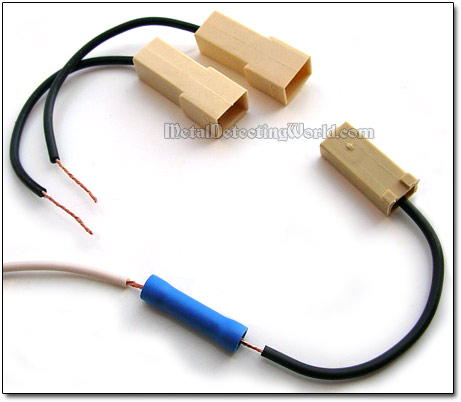
A Male Plug is Connected to Negative Terminal of AC/DC Adapter
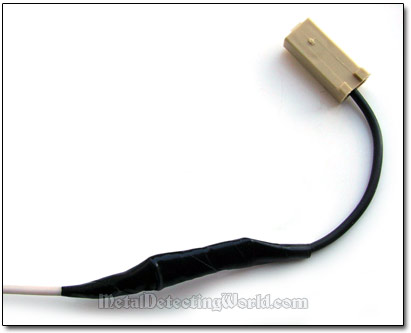
Shown below is a wiring scheme with the alligator clips and battery clamps for both the positive and negative terminals of the power source. I did not connect the male plugs directly to the thin wires of the adaptor cable for one reason - not to have the individual positive and negative wires too short. Having extra wire length in each line will ensure that the wires reach the top of the tall glass jar - a part of the electrolytic cell, without being strained; thus, providing secure immobility of the electrodes that must NOT touch one another inside the electrolyte during the process.
Wiring Scheme for Alligator Clips and Battery Clamps
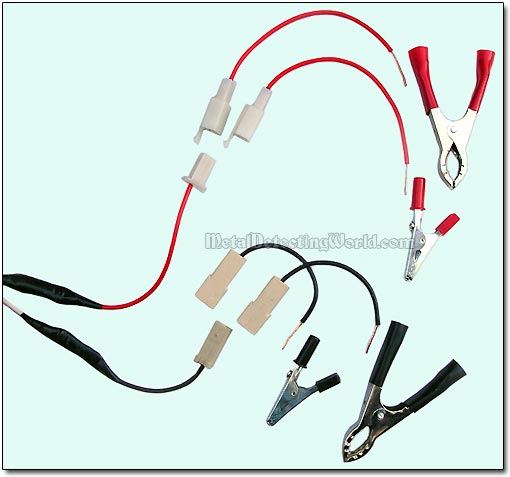
And finally, attach the alligator clips and battery clamps to the bare wire ends of the female socket wires according to their colors. To learn how to affix a wire terminal to an alligator clip (it is actually very easy), visit Page 12 of my "Electrolytic Rust Removal" tutorial. Now you have two connecting sets with male/female connectors for each terminal of the power source; with the anode male plug not fitting the cathode female socket.
Two Anode Connectors
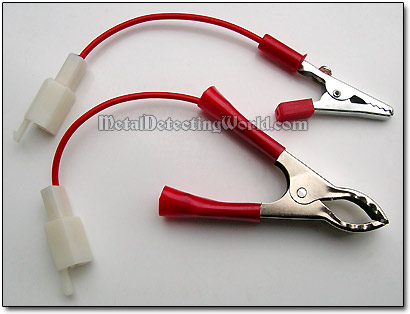
Two Cathode Connectors
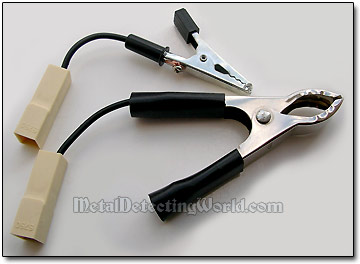
Connect an additional alligator clip to the negative terminal to construct a cathodic assembly that will serve as a prop over the jar's lip. This will allow you to keep the submerged coin in vertical position and in front of the anode.
One Alligator Clip of This Cathodic Assembly Will Be Mounted Onto Jar's Lip
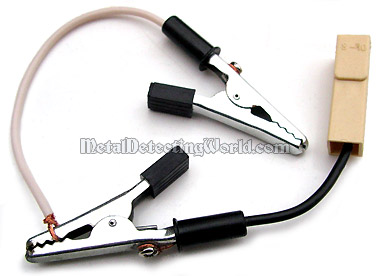
As you have transformed your AC/DC 12V adapter into a DC power source for the electrolytic coin cleaning, it should look like this:
A Classic Home-Made DC Power Supply for Cleaning Coins with Electrolysis
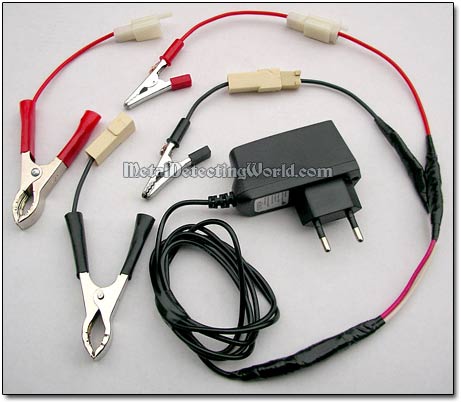
In reality, if you are going to carry out a lot of coin cleaning with electrolysis, you will have to make more sets of the anode connectors with either the alligator clips or clamps. This is because the "sacrificial" anode usually gets corroded or disintegrates and becomes unusable after a few electrolytic cleaning sessions, and must be replaced.
This is an ad by Amazon. As an Amazon Associate I earn from qualifying purchases.